
Joaquín Vaquero Palacios Surcos (Furrow)
Abstract and Figures. The author reconstructs the different visits of the young architect and painter Joaquín Vaquero Palacios (Oviedo, 1900-Madrid, 1998) to New York between 1928 and 1930. While.

Joaquín Vaquero Palacios. "La belleza de lo Asturias, 19541980" Sobre
JAVIER DE LUQUE, JOAQUÍN VAQUERO PALACIOS THE VORTEX'S EMPTINESS EDUARD BRU I BISTUER The interior of the Spanish Pavilion is, in its current state, one of the oldest of those present in the Gardens of the City of Venice: It is now 60 years since the refurbishment that led to its current incarnation took place.
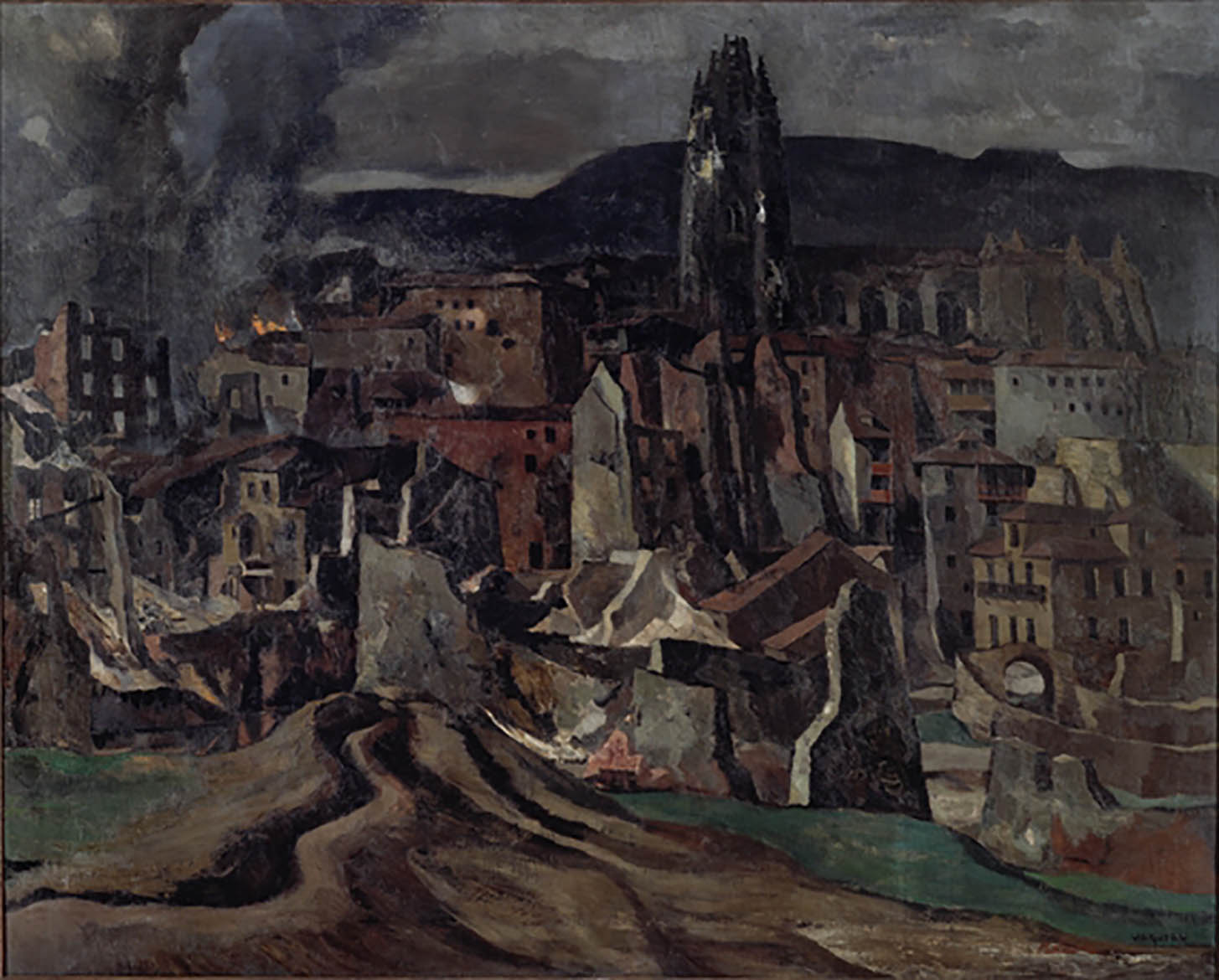
JOAQUÍN VAQUERO PALACIOS Museo Bellas Artes de Asturias
Joaquín Vaquero Palacios already proved to be an excellent architect with his design for the Mercado de Abastos in Santiago de Compostela, which was completed in 1942. But his first industrial contribution would be the electrical powerplant next to the dam in Salimes. Vaquero Palacios' father, also named Joaquín Vaquero, was one of the.
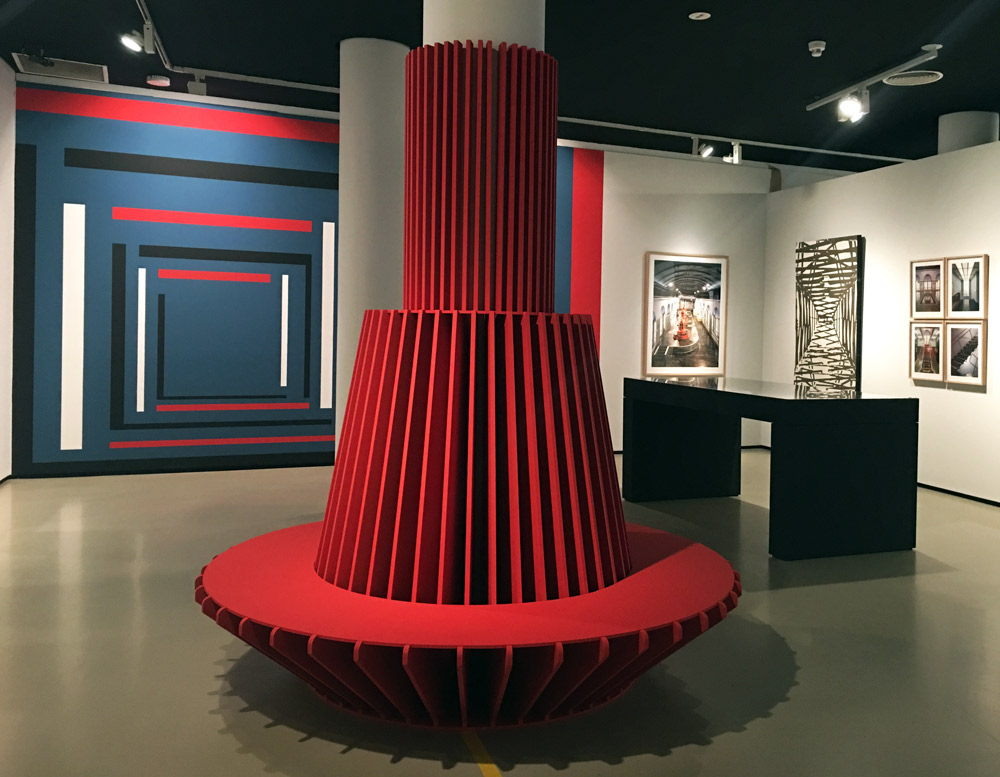
Joaquín Vaquero Palacios, La belleza de lo EXPOARTEMADRID
Joaquín Vaquero Palacios (1900-1998) -arquitecto que también ejerció como pintor, además de otras actividades paralelas- pertenece a esa estirpe heroica de los 'creadores totales' que tan difícil categorización encuentra en las historiografías oficiales.
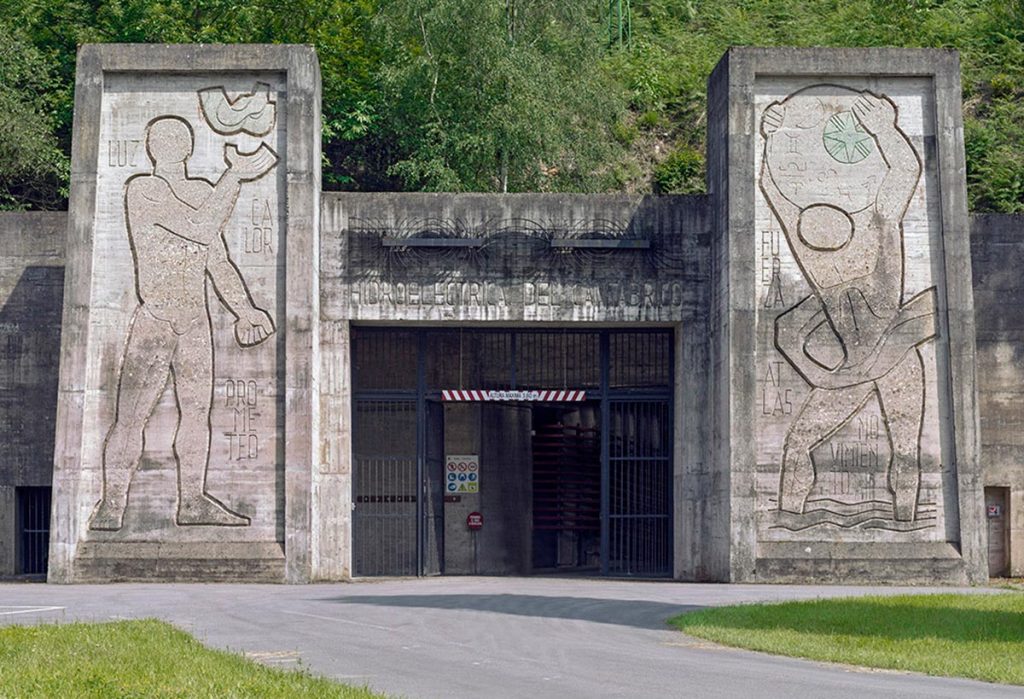
Joaquín Vaquero Palacios. La belleza de lo Asturias, 19541980 veredes
Married to the poet Mercedes Ibáñez Novo, his mother was Rosa Turcios Darío, niece of Rubén Darío, and his father was the also architect and sculptor Joaquín Vaquero Palacios, author of rationalist residential projects and public buildings, as well as of hydroelectric power stations in Asturias, like the Salime plant (1955), with a large.
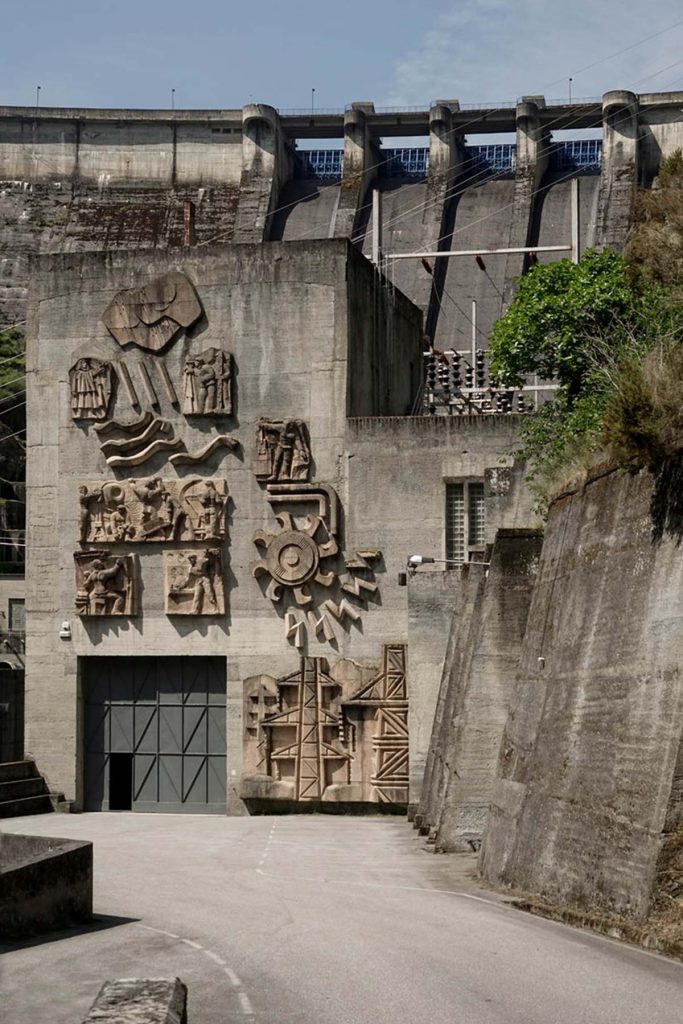
Joaquín Vaquero Palacios. La belleza de lo Asturias, 19541980 veredes
The author reconstructs the different visits of the young architect and painter Joaquín Vaquero Palacios (Oviedo, 1900-Madrid, 1998) to New York between 1928 and 1930. While his scholarship from the Junta para Ampliación de Estudios permitted him access to the most recent skyscrapers constructed in the city, his artistic calling led him to paint urban landscapes and provide drawings to.

Proaza Hydroelectric Power Plant by Joaquín Vaquero Palacios, Proaza, Asturias, Spain
Description Spain pavilion designed by Javier de Luque, 1922 (façade restored by Joaquin Vaquero Palacios, 1952); The Venice Biennale is a major contemporary art exhibition that takes place once every two years (in odd years) in Venice.

Joaquín Vaquero Palacios, el genio que convirtió centrales eléctricas en galerías de arte
Joaquín Vaquero Palacios trabajando en los relieves del acceso a la Central de Miranda, h. 1962.. Image Cortesía de Archivo Vaquero. Sus profesores en la Escuela fueron los primeros en alentarle hacia la ruptura de los límites tradicionalmente establecidos entre los géneros creativos y a encaminarse en el sendero de la fusión de las artes.
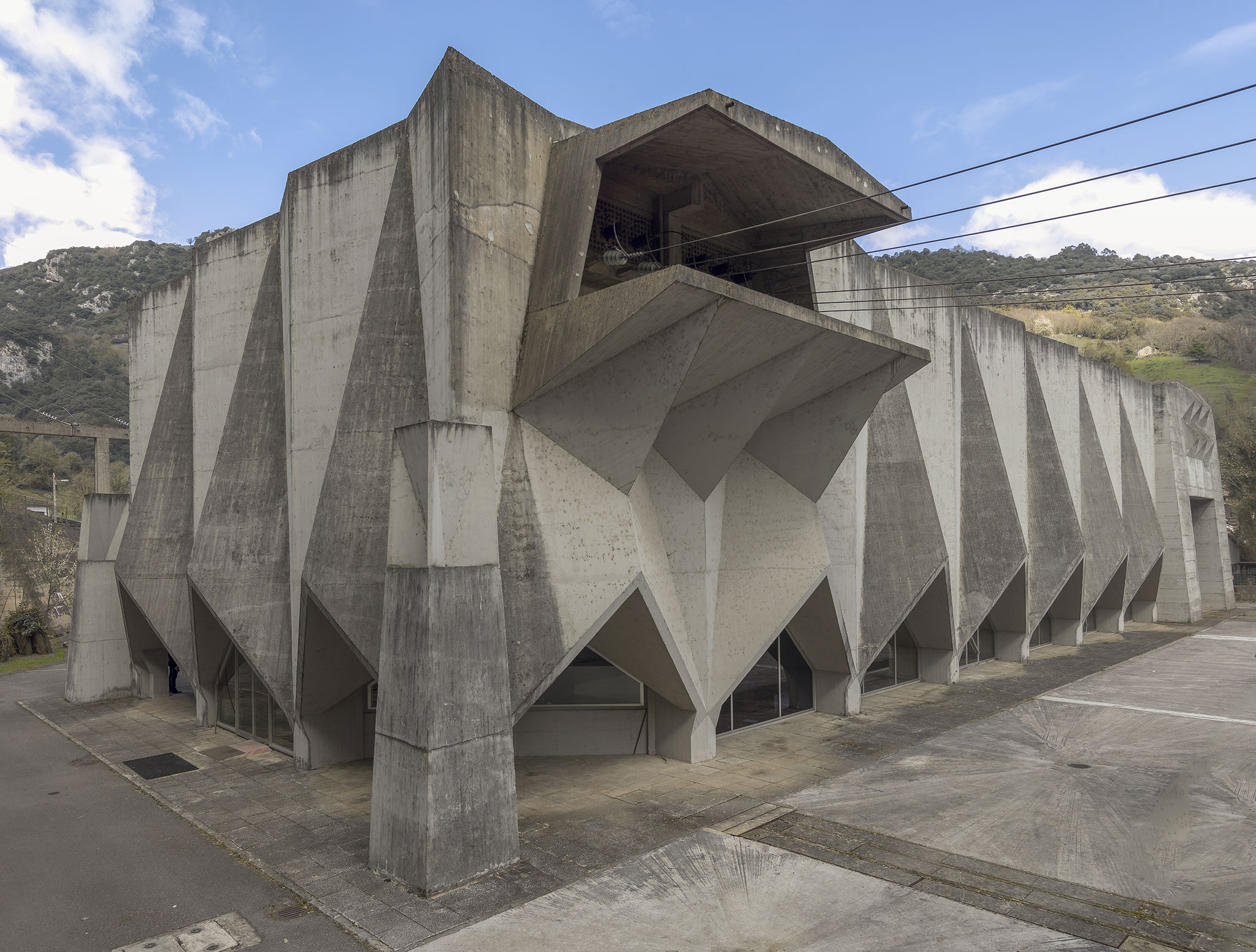
Joaquín Vaquero Palacios. "The beauty of the huge. Asturias, 19541980" METALOCUS
Joaquín Vaquero Palacios . 1974. Castilla. Joaquín Vaquero Palacios . 1972. Radio del Museo Reina Sofía. Radio del Museo Reina Sofía. Carta(s) Magazine. Colección de pensamiento y debate. Revista Desacuerdos. Publicación sobre arte, políticas y esfera pública. Multimedia.

Joaquín Vaquero Palacios. "The beauty of the huge. Asturias, 19541980" METALOCUS
Joaquín Vaquero Palacios (Oviedo, 1900-Madrid, 1998) no se centró en una única modalidad del arte. Vaquero Palacios fue un artista total, un virtuoso polifacético que cultivó y destacó en las tres Bellas Artes por igual (escultura, arquitectura y pintura).
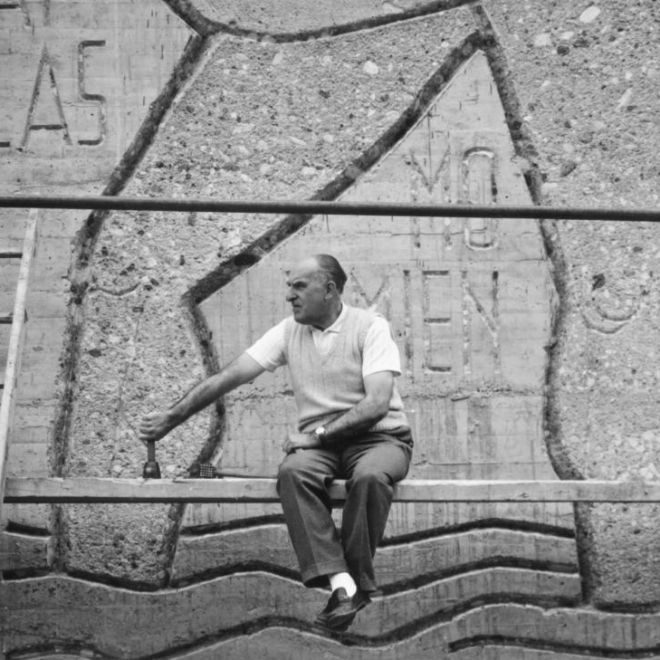
Joaquín Vaquero Palacios una sorpresa Cultura
Joaquín Vaquero Palacios (Oviedo, 1900-Madrid, 1998), was an architect, painter and sculptor who approached the creative process in a global manner. This exhibition displayed the project which, after thirty years of collaboration with Hidroeléctrica del Cantábrico (now EDP), was embodied in five power plants in Asturias that were conceived.
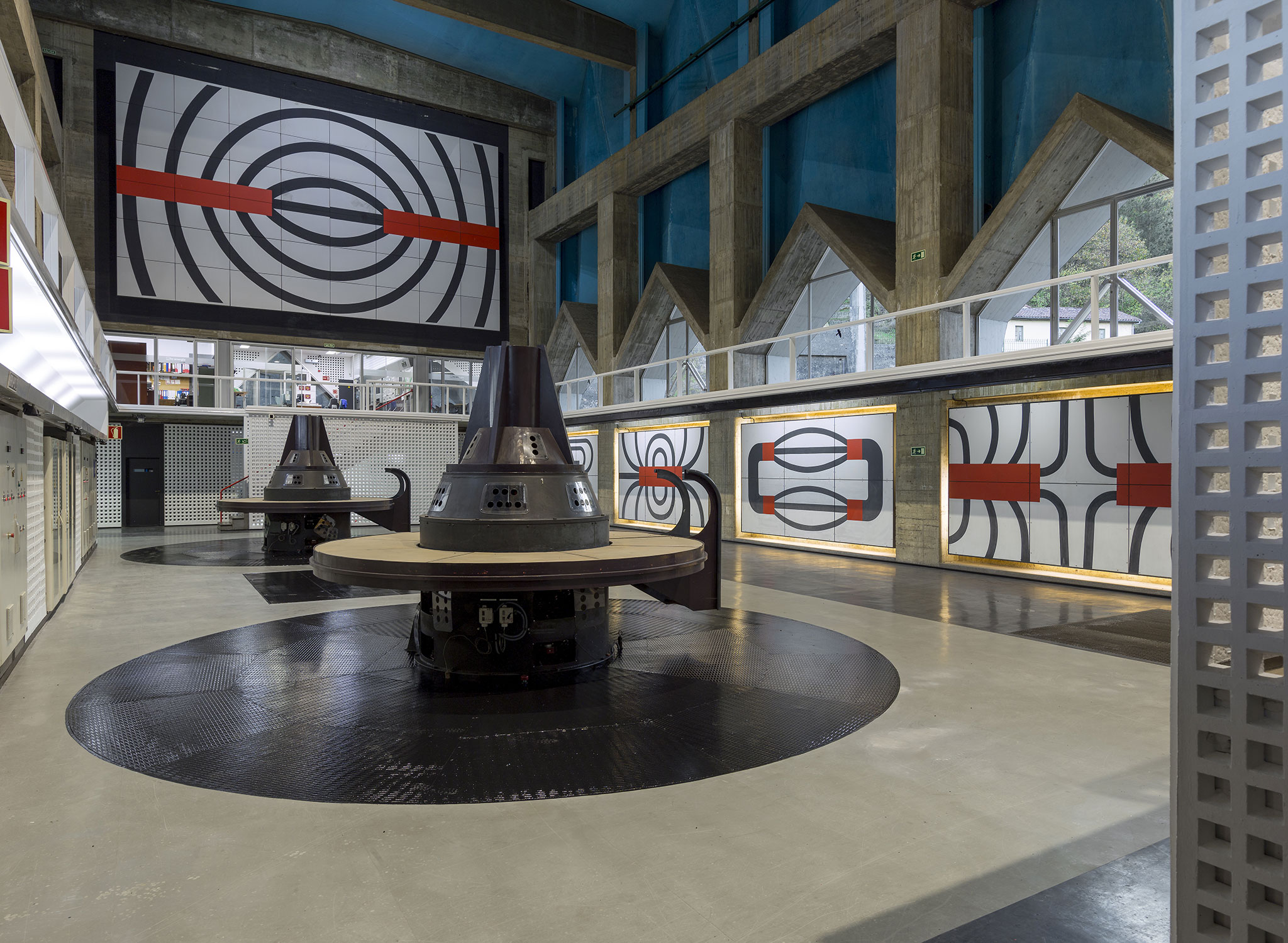
Joaquín Vaquero Palacios. "The beauty of the huge. Asturias, 19541980" METALOCUS
Joaquín Vaquero Palacios (1990-1998), an architect who also painted, besides other parallel activities, belongs to that heroic lineage of 'total creators' that is so hard to categorize in official historiographies.

Joaquín Vaquero Palacios, el artista que transformó centrales hidroeléctricas en obras de arte
El Museo ICO presenta en Madrid la exposición «Joaquín Vaquero Palacios. La belleza de lo descomunal. Asturias, 1954-1980», una muestra que reivindica a este artista polifacético

Joaquín Vaquero Palacios "La belleza de lo Asturias 19541980" Exposición Museo ICO
El proyecto de integración artística se encomendó a Joaquín Vaquero Palacios, que reunía la triple condición de arquitecto, escultor y pintor, y una vinculación profunda al argumento de su.
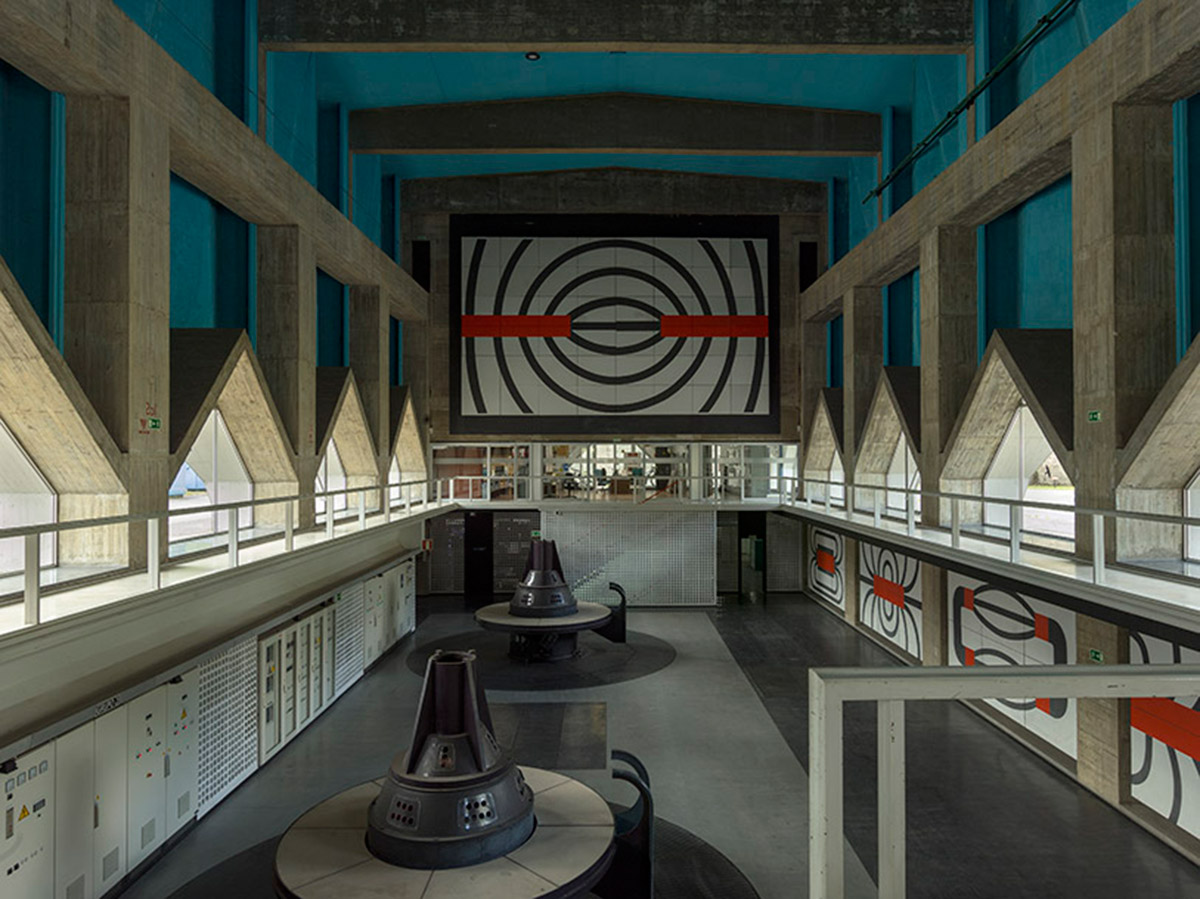
Joaquín Vaquero Palacios. La belleza de lo Asturias, 19541980 veredes
Joaquín Vaquero Palacios (n. Oviedo; 9 de junio de 1900 - f. Madrid; 1998), fue un arquitecto y pintor español. Trayectoria En Oviedo, donde pasa su infancia, vivía en la calle Paraíso, y muy tempranamente se le presenta su vocación artística, especialmente, la pintura.

Joaquín Vaquero Palacios, integración artística en la Central hidroeléctrica de Salime (Asturias
Deep in the Cantabrian Mountains, some 150 kilometres away from his hometown Oviedo in northern Spain, a young Joaquín Vaquero Palacios (1900-1998) used to travel around on horseback with his father, one of the founders of the Hidroeléctrica del Cantábrico company (now part of the EDP group).